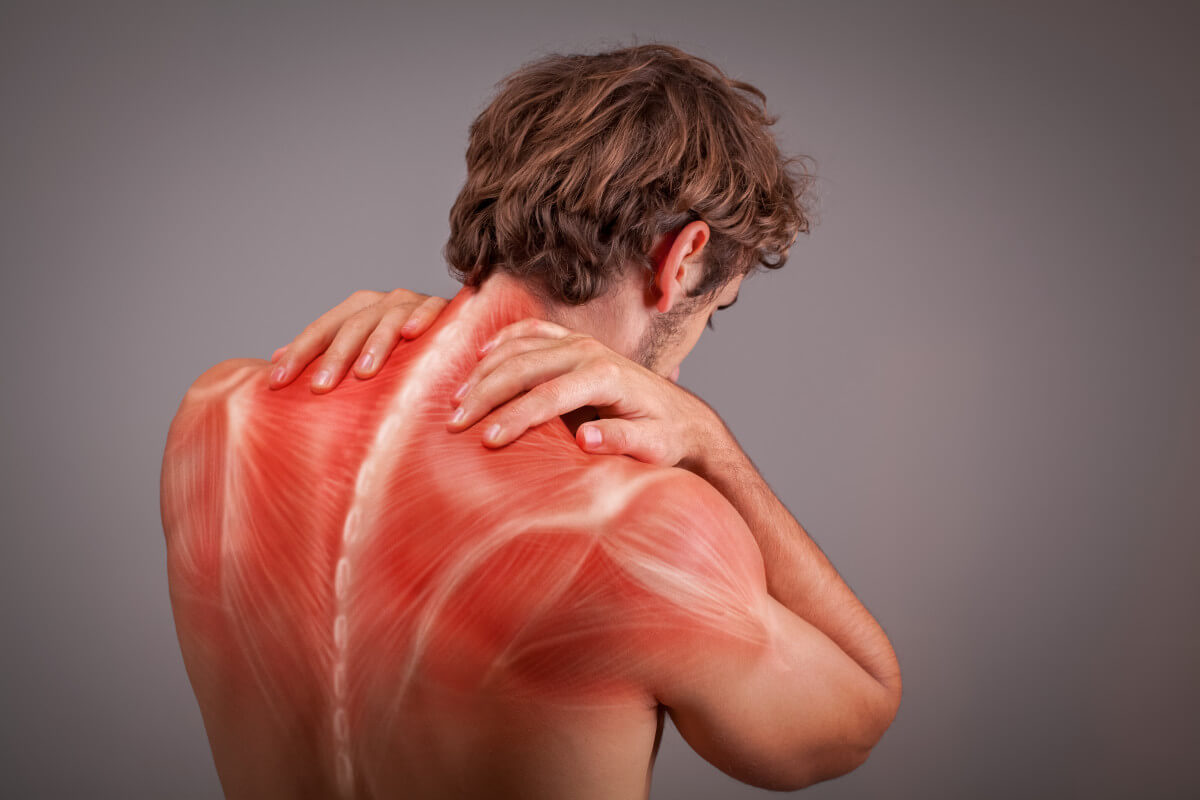Trigger points (TrP) are irritable points in your muscle that feel like knots, lumps, or bundles right underneath the skin. Common areas for trigger points are postural muscles such as muscles of the neck (like the upper trapezius, sternocleidomastoid, and levator scapulae) and muscles of the low back such as the quadratus lumborum. The hamstrings and calves are also sites that more frequently have trigger points. However, any muscle can develop a trigger point.
How do trigger points form?
There are many different factors that can cause trigger points to develop including:
- Repeated stress on a muscle resulting in microtrauma
- Direct trauma or injury to the muscle
- Prolonged poor posture
- Lack of exercise/Inactivity
- Chronic stress
What do they feel like?
Trigger points can be extremely sensitive, and produce what is usually described as dull/achy pain when palpated with firm pressure. There may also be a jump sign where a person is startled by the pain and involuntarily moves in response, as well as local twitch response in which there is involuntary contraction of the muscle and skin. Pain may be local to the area or may be felt elsewhere in the body away from the palpation site. This is known as referred pain, and is the result of shared nerve networks and pathways. For example, pain caused by trigger points in the upper trapezius often refer up to the neck, head/face, and can even cause migraines. Pain referral patterns are well studied, and can help identify pain location based on the presence of a trigger point in the muscle. There are also latent trigger points, which do not directly cause pain, but can limit mobility and cause muscle weakness.
How can they be treated?
Given how painful and limiting trigger points can be, it is important to treat them directly as soon as possible. Temporary solutions may be found through over the counter painkillers and medications or injections. However, physical therapy can help with the management of pain associated with trigger points and also address the underlying issues that may be causing them to prevent recurrence. Stretching and strengthening of the muscle, manual therapy including soft tissue mobilization and myofascial release, therapeutic modalities (such as electrical stimulation, heat, dry needling), and postural training are all treatment methods used by physical therapists that can address trigger points and their causes.
If you are experiencing nagging pain that is potentially associated with trigger points, a physical therapist may be able to help. Call Respire Physical Therapy at (703) 671-1871 or click here to schedule an evaluation and have a personalized treatment plan created to meet your needs and reduce or eliminate your pain today!
Tags: alexandriava, springfieldva, fallschurchva, ptworks, Physical Therapy, annandaleva, Respire Physical Therapy, trigger points, physical therapist, TrP, chronic pain, muscle pain, manual trigger release, choosept, arlingtonva



